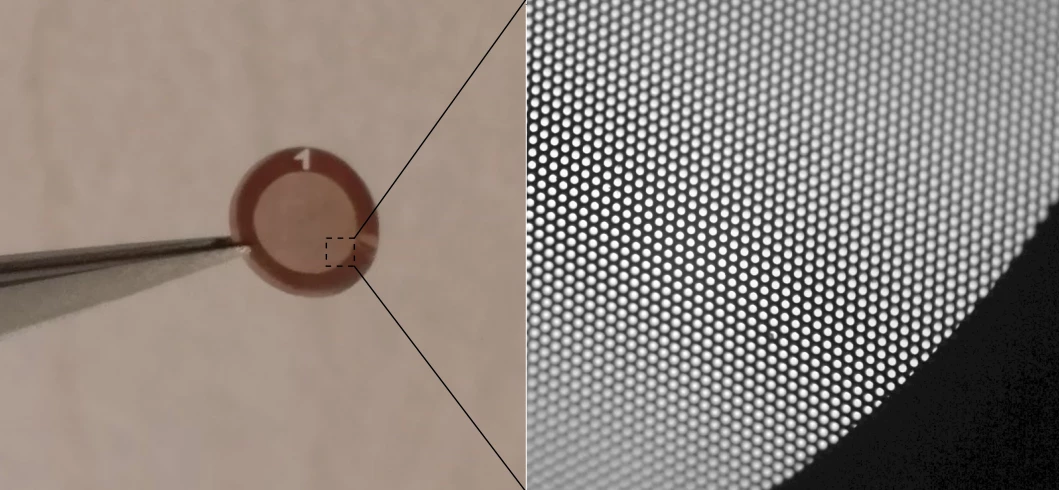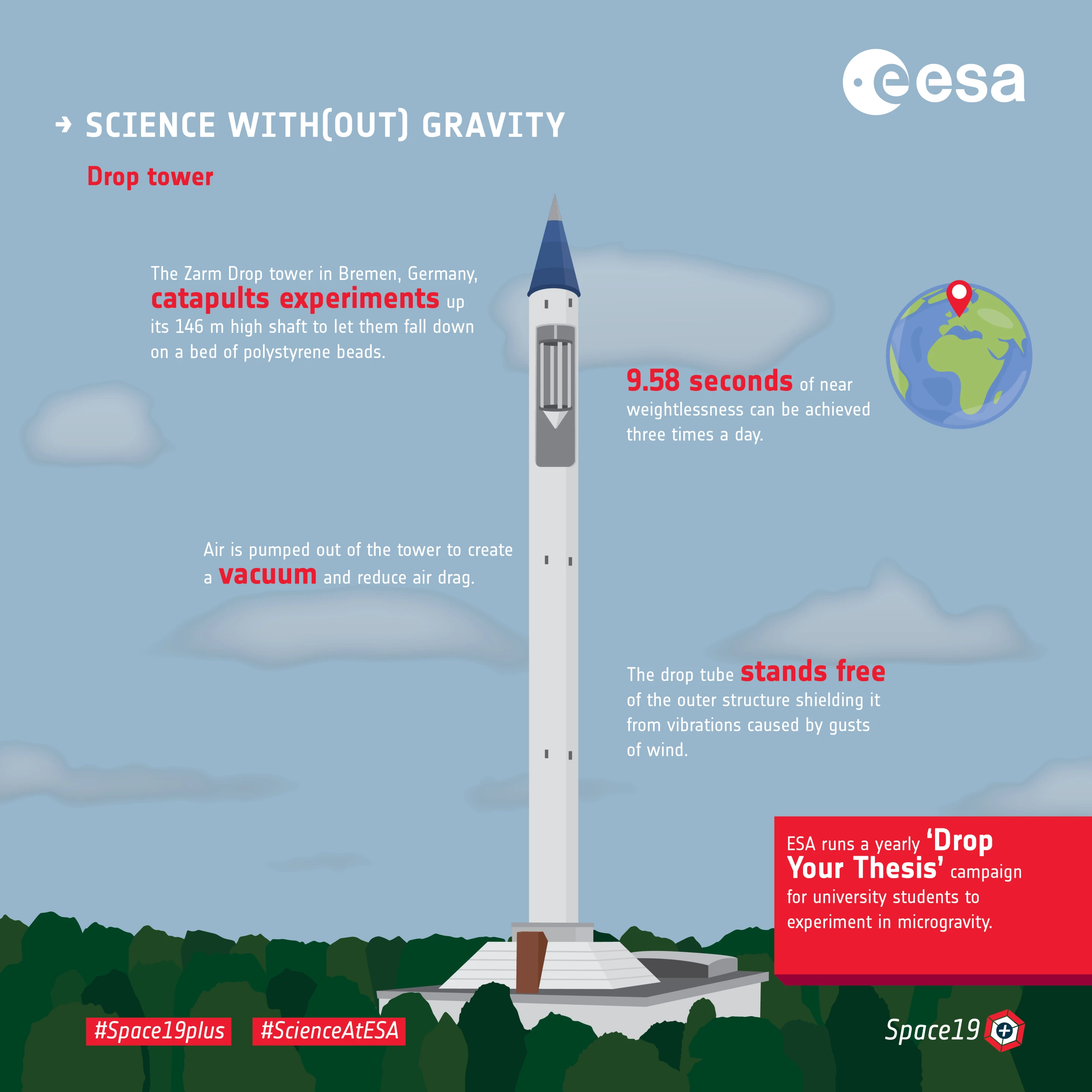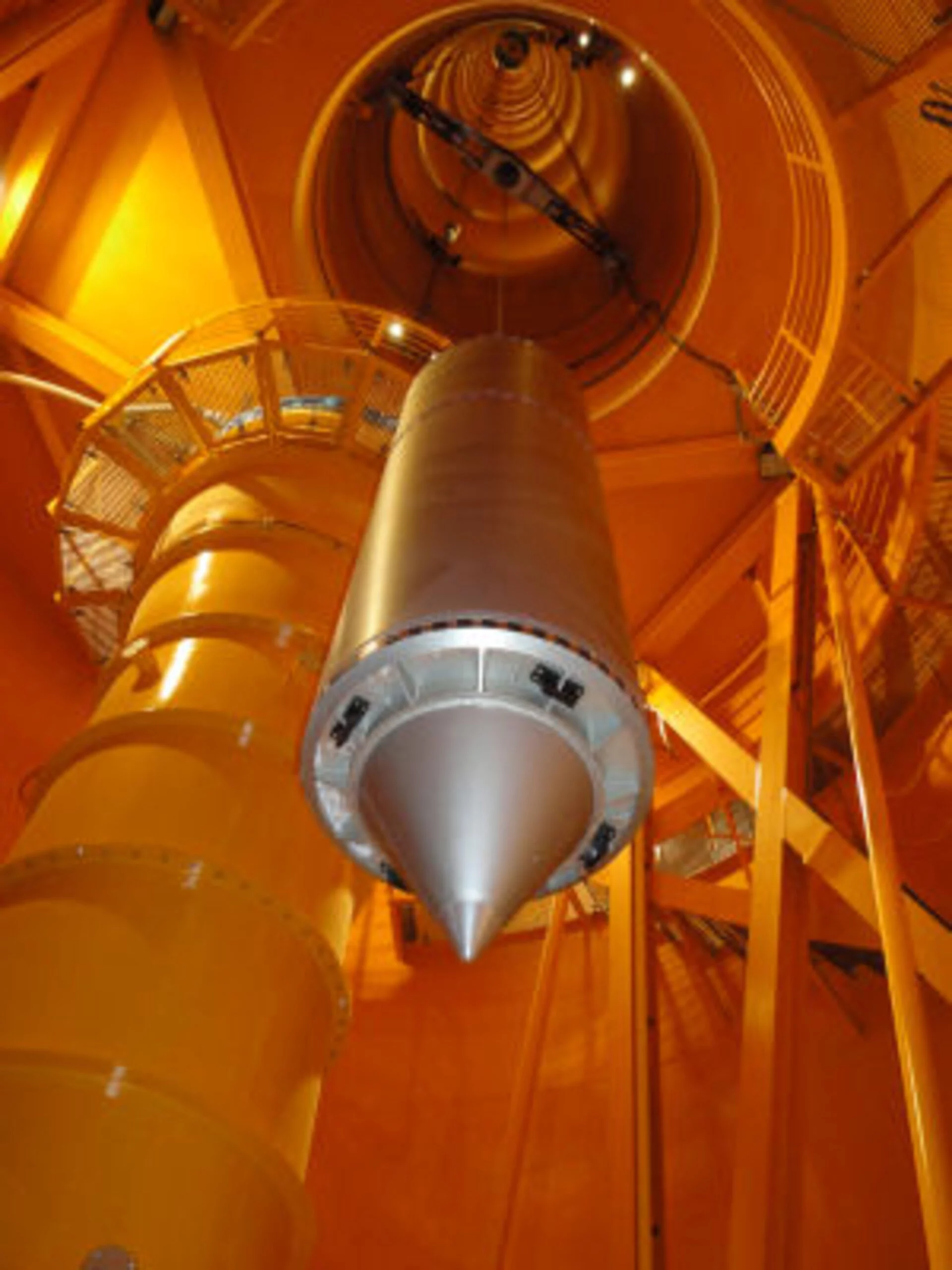ESA engineers are looking at using the world's thinnest known material to build lighter, more efficient solar sails. By making sails out of one-atom-thick graphene sheets, the space agency aims to make sails capable of propelling unmanned interstellar missions.
Solar sails have been considered on and off as a way of propelling spacecraft ever since Konstantin Tsiolkovsky first put forward the idea early in the 20th century. By using sunlight or lasers aimed at gigantic, gossamer-like sails, the pressure of photons hitting the sails could generate thrust, pushing the craft along like a sailing ship.
The acceleration of such a system would be tiny, but constant. More important, it would require zero propellant, so the probe would be very light. However, the sails themselves would add their own considerable mass, reducing the efficiency of the system.
So far, soar sails have been used to help some satellites with attitude control and two demonstration missions have also flown, but the latter used polymer sails made of polyimide and mylar. Although these can be formed into extremely thin sheets, compared to atom-thick graphene these polymers make burlap look like the finest silk.

To see if graphene has any promise as a sail material, researchers took a patch of graphene sheet 3 mm across and dropped it inside a 100-meter-high (330-ft) vacuum tower. As it went into free-fall, the little sail was hit by a series of 1-watt lasers, which accelerated it by as much as 1 m/s². That's only a small fraction of one gravity, but ESA says that in space, this acceleration would eventually build up to tremendous speed.
As part of ESA's Business Incubator program, the SCALE Nanotech startup firm is currently looking for commercial partners to scale up the system and test it in orbit.
"Making graphene is relatively simple and could be easily scaled up to kilometer-wide sails, though the deployment of a giant sail will be a serious challenge," says Santiago Cartamil-Bueno, leader of the GrapheneSail team and director of SCALE Nanotech.
Source: ESA







